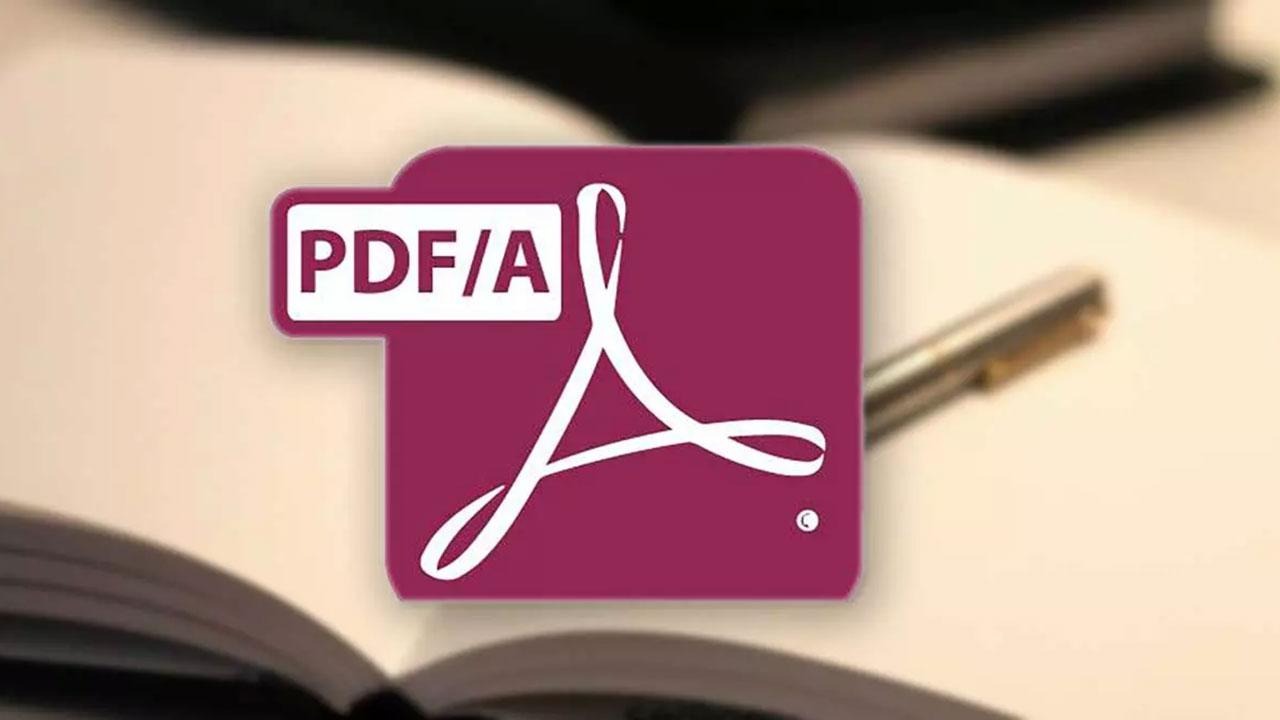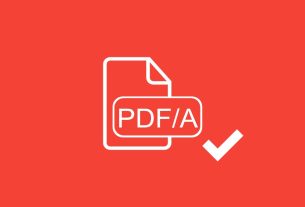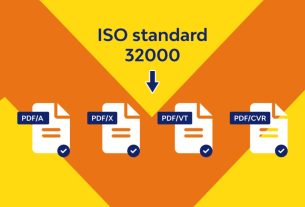PDF/A is a subset of the PDF file format designed for long-term archiving of digital documents. Here are the 10 most important things to know about PDF/A.
1. PDF/A is an ISO standard
An ISO standard represents an international consensus for best practices in compliance with a specification or a standard. PDF/A has been an ISO standard since October 2005. It was created to meet specific long-term archiving needs. As an open standard, PDF/A is platform and vendor independent. PDF /A relies on a solid experience in the field of PDF (since 1993).
The Format is widely used and established in all industries. The PDF/A standard and the availability of a large number of viewers (e.g. Adobe Acrobat/Reader) guarantee the readability of the PDF/A format in the future. The PDF/A standard provides all the necessary information to create a PDF/a compatible viewer even many years from now. PDF/A is constantly evolving. In 2011, the second part was published, and in 2012 the third part has already been published.
2. the standardized metadata is integrated directly into the document

All the information used to describe a document (called “metadata”) is integrated directly into the PDF/A document in a standard and interchangeable Format (XMP, Open XML Standard). Metadata from other formats such as PNG, PostScript or TIFF can be easily transferred into the PDF/A document. The use of (often proprietary) systems to store this metadata separately from the document is outdated.
3. the PDF/A documents are fully searchable in the text
The ability to perform full-text searches in PDF/A documents is also part of the standard. The text of the digitally generated content is kept in the document. This also applies to scanned documents that have undergone optical character recognition (OCR). The PDF/A file stores both the recognized text (in Unicode format) and the original scanned image, which retains the visual appearance while allowing the search function.
4. everything is included for an authentic reproduction
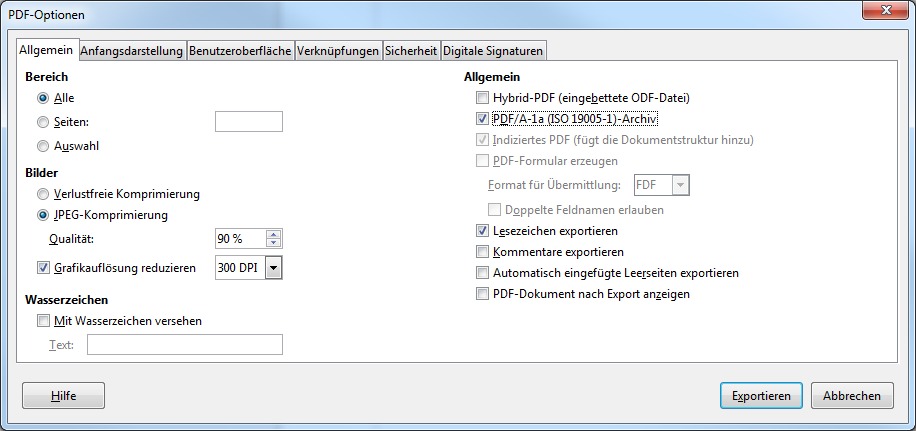
The PDF/A files are autonomous: all the elements (fonts, color profiles, etc.) necessary for an impeccable and authentic reproduction are included in the PDF /A file. A PDF/A document must not contain references to external content or resources. However, simple references Of information such as links to web pages are allowed.
5. PDF/A is space-saving
Although PDF/A documents contain more information than images (for example, TIFF), PDF/A files are usually smaller due to the use of efficient compression algorithms.
6. optimal security with digital signatures
The combination of PDF/A and digital signatures is the ideal way to check if the PDF document has not been tampered with and if it is also authentic. This provides optimal lawful security for long-term archiving.
7. PDF/a can meet accessibility requirements (Section 508)
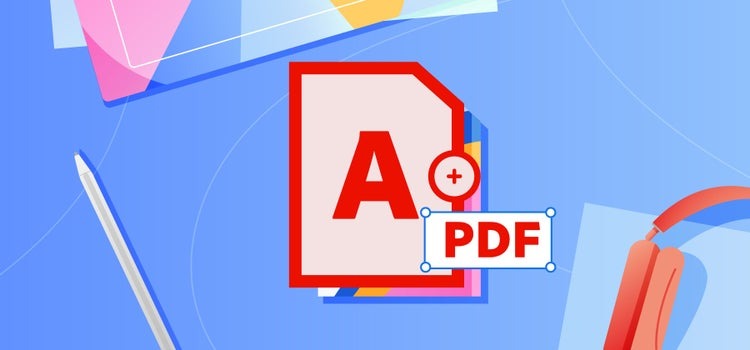
The PDF/A standard contains sub-standards. The sub-standards of Part a (PDF/A-1A, PDF/A-2A and PDF/A-3A) are the most detailed variants that require specific information to better support people with certain disabilities: for example, the text must be stored in Unicode format to support text-to-speech engines, and the structure of the document, Other sub-standards are less demanding variants, which are sufficient in most matter. Typical areas of application are scanned documents and conversions of digitally born documents to PDF/A.
8. PDF/A documents remain valid without time limit
The Standards Committee extends the existing standard every two to four years with significant modifications. This does not mean that existing PDF/A documents should be migrated to such new modifications by default. Existing PDF/A documents remain compliant at all times. Unlike other standards, ISO cannot withdraw the PDF/A standard.
9. PDF/A is widely accepted
In Europe and Asia, PDF/A is already recommended or mandated by several governments, organizations and companies for long-term archiving. Such recommendations also exist in North America in the fields of jurisprudence and libraries and the demand for this standard continues to grow. The PDF Association (see next page) plays a decisive role in the support of the PDF/A standard.
10. reliable tools are available today
Thanks to many years of experience with PDF and the quick response of the main PDF technology providers, there are already many PDF/A compliant software tools on the market. The PDF Association has developed a test suite to reliably validate PDF/A validation software products. A validator makes it possible to verify whether a document complies with the PDF/A standard or not.

